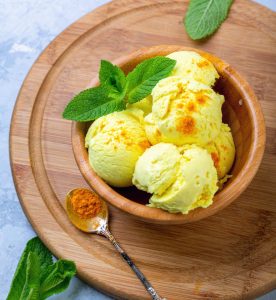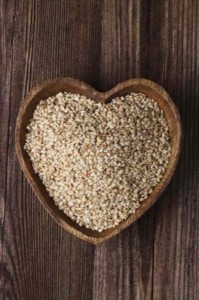Three Great Benefits of Pumpkin
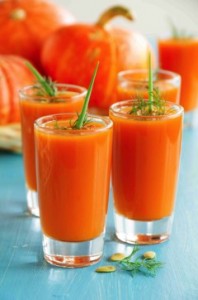 I love pumpkins and other winter squash with their imperfect asymmetrical beauty. I love their bright embodiment of summer in the remembrance of the the flowers that once graced their vines. They last so long and keep so well that their flavour and colour can brighten meals throughout the winter. Heirloom pumpkins are particularly exciting with their knobby, warty, blue, orange, red, huge and tiny shapes and sizes.
I love pumpkins and other winter squash with their imperfect asymmetrical beauty. I love their bright embodiment of summer in the remembrance of the the flowers that once graced their vines. They last so long and keep so well that their flavour and colour can brighten meals throughout the winter. Heirloom pumpkins are particularly exciting with their knobby, warty, blue, orange, red, huge and tiny shapes and sizes.
Not only are pumpkins beautiful but they are excellent sources of some very important nutrients. Pumpkins are high in vitamin K, the carotenoids (vitamin A precursors), vitamin E, potassium, choline and magnesium.
Iron
One cup of raw pumpkin provides between three and four milligrams of iron depending on the source of the information. Let’s split the difference and say three and a half which would be 20% of the RDA for iron daily. When thinking about juicing pumpkin we know that it would be easy to juice several cups of tiny pumpkin cubes at once. It would also be fabulous to use the pumpkin juice in a chia pudding or add some greens and lemon or orange to the juice to provide even more iron for yourself from multiple sources. Pumpkin also plays well with some other high iron raw foods such as sprouted lentils and pulses. There are many ways to use pumpkin to meet your daily iron needs.
Beta Carotene
More and more vegans and raw food educators are talking about vitamin A and our different abilities to convert beta carotene to vitamin A which has led to some deficiencies. Through studying a bit about genetics I have come to the realization that any impairment in the conversion of beta carotene to vitamin A is a percentage. This means that if s persons’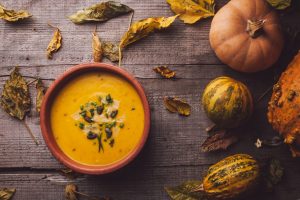 conversion is impaired by say 40% and they are smart and they are aware they just need to eat twice as much as they would normally be expected to. I dislike using the RDA as a barometer for healthy intake but as an example our cup of pumpkin pieces contains seven times the RDA for daily intake for beta carotene. This is great news. Studies have also suggested that pairing beta carotene with a fat source such as avocado, flax or coconut for example can dramatically increase the conversion rate. found a 12-fold increase in the efficiency of conversion when pairing carrots with avocados.
conversion is impaired by say 40% and they are smart and they are aware they just need to eat twice as much as they would normally be expected to. I dislike using the RDA as a barometer for healthy intake but as an example our cup of pumpkin pieces contains seven times the RDA for daily intake for beta carotene. This is great news. Studies have also suggested that pairing beta carotene with a fat source such as avocado, flax or coconut for example can dramatically increase the conversion rate. found a 12-fold increase in the efficiency of conversion when pairing carrots with avocados.
Beta carotene provides antioxidant activity and vitamin A is important for immune system function, for skin integrity including in the digestive tract and for eyesight among many other uses. You never have to feel powerless or be guessing whether you are getting “enough” vitamin A. By focusing on those carotenoids like in our soup and by optimizing their conversion you are taking charge of your health.
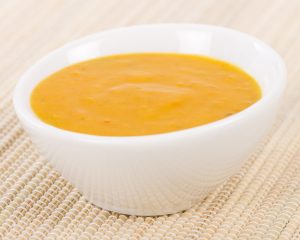
Manganese
We spend so much time talking about magnesium and potassium, two other minerals found in good quantities in pumpkin, that I would love to talk about manganese today. We don’t need much of it but we do need it! Our cup of pumpkin pieces provides 20% again of our daily requirement. Manganese is very important for collagen production in the skin and for blood sugar regulation. It is important in gluconeogenesis, in which we convert amino acids in times of stress to sugars to fuel the fight or flight mode. When this is not regulated it can lead over time to high blood sugar levels. More research is necessary in order to determine exactly what is going on with this deficiency.
Hazelnuts, spinach and kale are some other good raw sources of manganese. Garnish your pumpkin soup with kale or add kale pieces throughout and garnish with pumpkin seeds to add even more manganese to your meal.
The more we know the more empowered we will be to take action daily and take back our health. Both knowledge and action on their own are not enough, we need both. Let us start this week with the pumpkin.
Read more

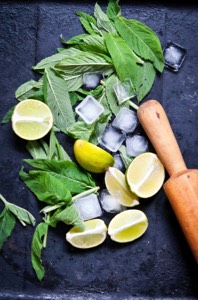
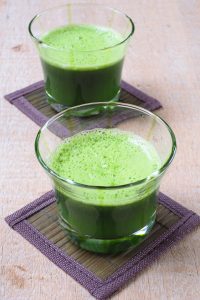 myself for next time. Juicing, especially green juicing, requires a significant investment of time and money for most of us and those are two things we try to save unless there is a really good reason. My really good reason for juicing is my son; when my joints don’t hurt I give better hugs; when my energy is increased I’m a lot more fun. What’s your reason? Take some time to get really clear and keep on digging until you find that
myself for next time. Juicing, especially green juicing, requires a significant investment of time and money for most of us and those are two things we try to save unless there is a really good reason. My really good reason for juicing is my son; when my joints don’t hurt I give better hugs; when my energy is increased I’m a lot more fun. What’s your reason? Take some time to get really clear and keep on digging until you find that 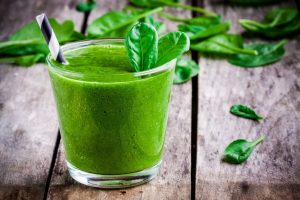 would prefer it without the pulp and without any apple but I think it would be better to follow through with drinking the juice regardless of its imperfections than to allow myself to get overwhelmed and give up. This week I drank juices that weren’t ideal but still had fantastic results. Is there anything you can let go of that would allow you to follow through with juicing?
would prefer it without the pulp and without any apple but I think it would be better to follow through with drinking the juice regardless of its imperfections than to allow myself to get overwhelmed and give up. This week I drank juices that weren’t ideal but still had fantastic results. Is there anything you can let go of that would allow you to follow through with juicing?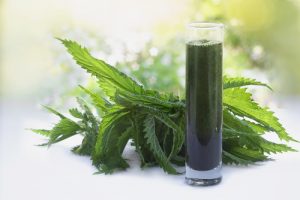 someone comments that it looks disgusting and how could you drink that. Say something humorous to diffuse the situation tell them it gives you superpowers or you can see in the dark or you glow in the dark but don’t get on the defensive or agree with them or tell them “it’s not that bad actually” because that is ultimately not helping you at all. I know it doesn’t help me. Onto strategy number four.
someone comments that it looks disgusting and how could you drink that. Say something humorous to diffuse the situation tell them it gives you superpowers or you can see in the dark or you glow in the dark but don’t get on the defensive or agree with them or tell them “it’s not that bad actually” because that is ultimately not helping you at all. I know it doesn’t help me. Onto strategy number four.
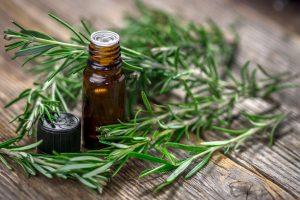 they do have an expiry date sometimes the longest date possible from the time of manufacturing just because it is a bit arbitrary. While they do not grow pathogenic bacteria many essential oils can evaporate, changing their consistency.
they do have an expiry date sometimes the longest date possible from the time of manufacturing just because it is a bit arbitrary. While they do not grow pathogenic bacteria many essential oils can evaporate, changing their consistency.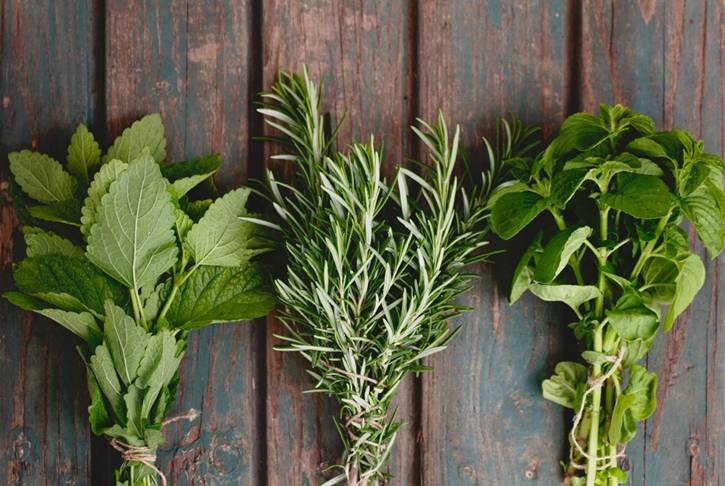
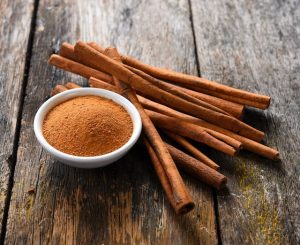
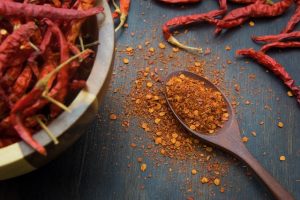
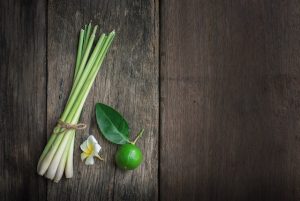
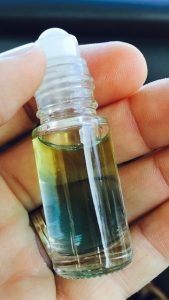
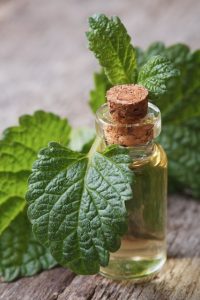


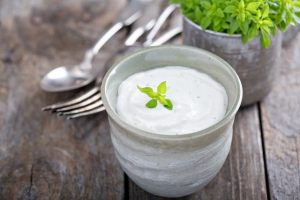 due to genetic and other health factors. Some people have reactions to certain bacteria. Other bacteria can overproduce and come out of balance when exposed to certain foods (gluten for example), contributing to chronic conditions such as diabetes and celiac disease. This is a unique tapestry for each person. This is why something that is great for one person is not so great for another at a given time. Many different strains of bacteria have been associated with different conditions and it is important to know friend flora from foe before throwing back a few billion of them in fermented foods. And these differences depend on each of us. What may help to balance one person may do the opposite for someone else.
due to genetic and other health factors. Some people have reactions to certain bacteria. Other bacteria can overproduce and come out of balance when exposed to certain foods (gluten for example), contributing to chronic conditions such as diabetes and celiac disease. This is a unique tapestry for each person. This is why something that is great for one person is not so great for another at a given time. Many different strains of bacteria have been associated with different conditions and it is important to know friend flora from foe before throwing back a few billion of them in fermented foods. And these differences depend on each of us. What may help to balance one person may do the opposite for someone else.
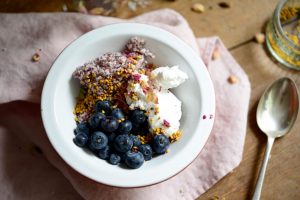 bacterial strains “proven” through research to be beneficial to human health. The bacteria on this probiotic list have been studied mostly in research funded by the yogurt companies. If you remember above that there are thousands of bacterial strains that inhabit the digestive tract during our early lives out of thousands and thousands of possibilities you can see that this handful of proven bacteria is a drop in the proverbial gut bucket.
bacterial strains “proven” through research to be beneficial to human health. The bacteria on this probiotic list have been studied mostly in research funded by the yogurt companies. If you remember above that there are thousands of bacterial strains that inhabit the digestive tract during our early lives out of thousands and thousands of possibilities you can see that this handful of proven bacteria is a drop in the proverbial gut bucket.